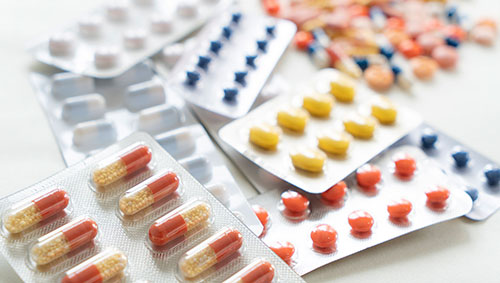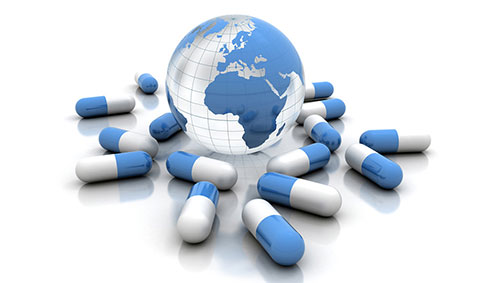c.Trade facilitation
By enforcing uniform standards, the European Pharmacopoeia facilitates the circulation of drugs and raw materials between countries, promoting trade within the European market and with other regulated regions.
d. The regulation of pharmaceutical packaging
Primary packaging must meet strict requirements, particularly in terms of durability, chemical compatibility, and absence of contaminants.
4. The importance of European Pharmacopoeia for the pharmaceutical industry
a. Production safety and regulatory compliance
Compliance with the European Pharmacopoeia requirements enables pharmaceutical manufacturers to secure their production with strict standards on raw materials, manufacturing processes, and primary packaging.
Through rigorous controls and precise analytical methods, the industry reduces the risk of contamination, impurities, and batch variability, ensuring effective quality management of medicines and dietary supplements.
This standardization also facilitates the traceability of substances and the approval process for market authorization (MA).
Market authorization is a major step in pharmaceutical development. To learn all about MA, explore our dedicated article.
 https://www.sfamgroup.com/wp-content/uploads/2025/04/drug-manufacturing-challenge-pharmaceutical-cdmo.jpg
654
1154
SFAM
https://www.sfamgroup.com/wp-content/uploads/2024/06/logo-sfam.svg
SFAM2025-04-10 09:00:542025-04-10 08:52:05Pharmaceutical CDMOs: key advantages and challenges of pharmaceutical outsourcing
https://www.sfamgroup.com/wp-content/uploads/2025/04/drug-manufacturing-challenge-pharmaceutical-cdmo.jpg
654
1154
SFAM
https://www.sfamgroup.com/wp-content/uploads/2024/06/logo-sfam.svg
SFAM2025-04-10 09:00:542025-04-10 08:52:05Pharmaceutical CDMOs: key advantages and challenges of pharmaceutical outsourcing


